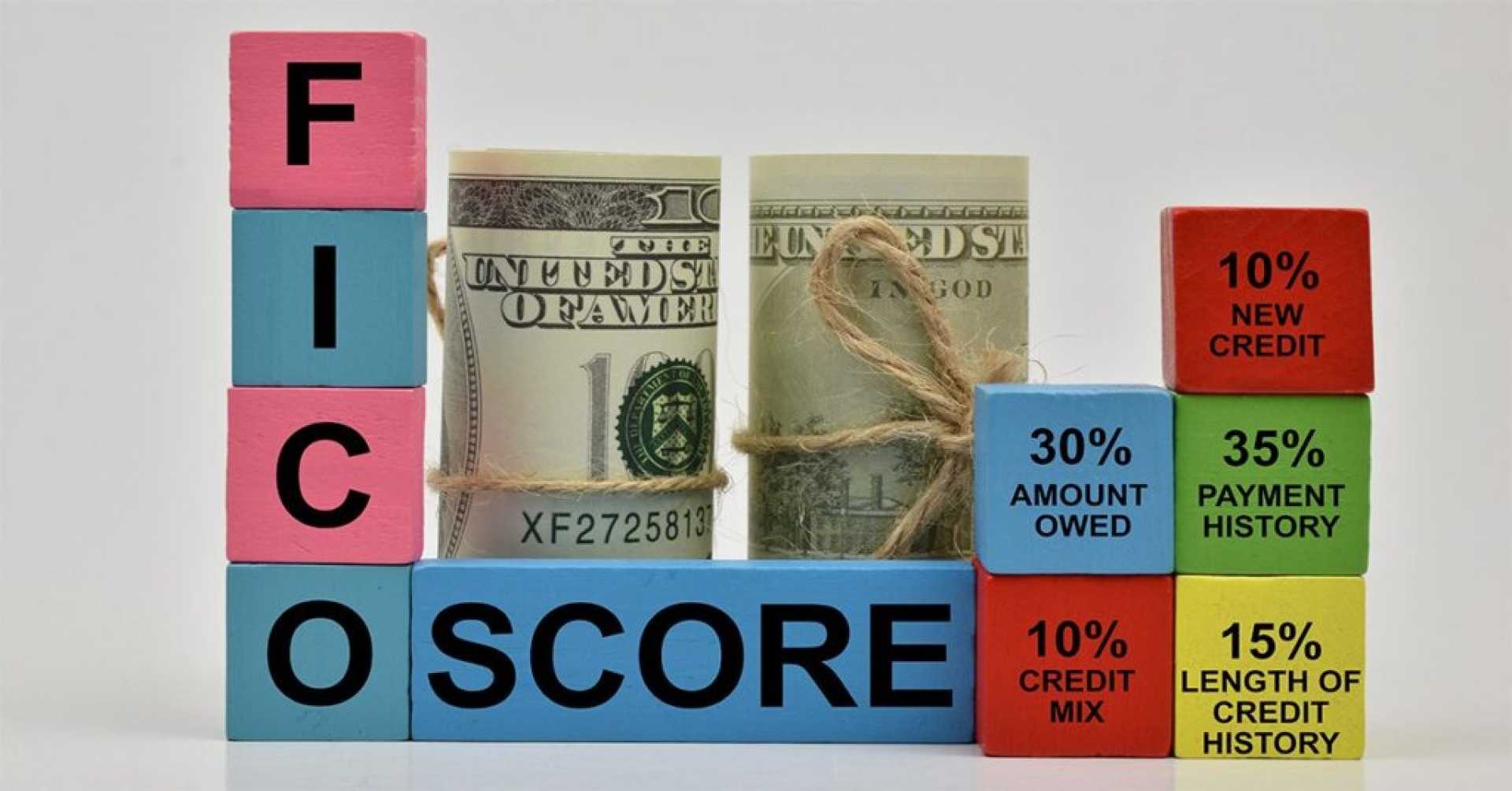Business
FHFA Adopts VantageScore 4.0 for Fannie Mae and Freddie Mac Loans

WASHINGTON, D.C. — Bill Pulte, director of the Federal Housing Finance Agency (FHFA), announced on social media Tuesday that Fannie Mae and Freddie Mac will immediately accept the VantageScore 4.0 credit model. This move aims to enhance competition in the credit score ecosystem.
The government-sponsored enterprises (GSEs) will still utilize credit scores from three bureaus, known as tri-merge scores. Pulte emphasized that this change aligns with an effort to lower costs for consumers, a goal backed by President Trump’s mandate.
In his post, Pulte stated, “To increase competition to the Credit Score Ecosystem and consistent with President Trump’s landslide mandate to lower costs, Fannie and Freddie will ALLOW lenders to use Vantage 4.0 Score with no current requirement to build new infrastructure (stays Tri Merge).” His comments come after he raised concerns in May regarding the rising costs of credit reports.
Pulte expressed disappointment over recent increases in FICO‘s pricing structure, saying, “After the hard work by many great Senators, including Senator Tim Scott, I am extremely disappointed to hear about the cost increases by FICO onto American consumers.” Following his remarks, FICO’s stock fell by about 25%.
While it is uncertain whether Fannie Mae and Freddie Mac will shift to a bi-merge credit reporting model, previous initiatives under the Biden administration aimed to enhance competition by using two credit reporting agencies. The FHFA has now mandated the use of VantageScore 4.0 alongside FICO Score 10 T for GSE-purchased mortgages.
Mortgage lenders are set to begin using VantageScore 4.0 for newly originated loans by Q3 2024, though full implementation has been postponed indefinitely. VantageScore projects that its credit model will help approximately 33 million more consumers access credit scores beneficial for securing mortgages.
Pulte highlighted the broader impact of this decision in another post, saying it would expand credit access to “millions of forgotten Americans — people who live in rural areas, renters who pay their rent on time every month — and bringing down closing costs.”












